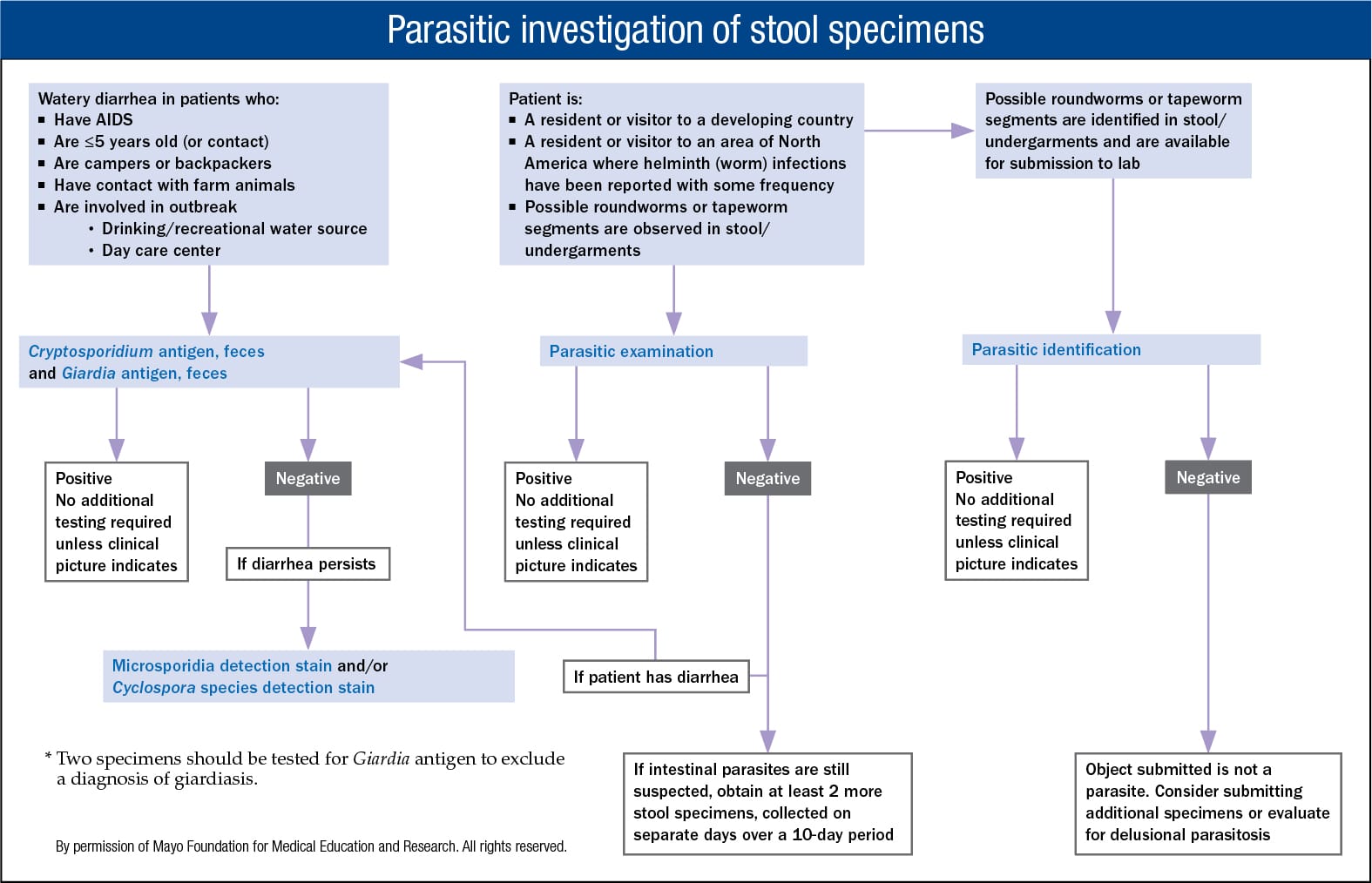
But when we recommend sending it off to the lab for testing, we are looking for intestinal parasites. The doctor likes to see the consistency and colour. The answer is, that as gross as it seems, your pet’s stool can tell us a lot about their health.

Your first thought was probably something like “That’s so gross! What could they possibly want with Fluffy’s poop?!”. If you have ever called Jane Animal Hospital to book your pet’s annual exam then you have probably been asked to bring in a stool sample. Duodenal aspirates, small bowel aspirates, or colonic washings should be placed in Ecofix in a ratio of 1:1Īdditional Information: Stool placed in 10% buffered formalin can be accepted if accompanied by a PVA-preserved specimen 10% buffered formalin-preserved specimens submitted without an accompanying PVA-preserved specimen will be canceled.Importance of Ova & Parasite or Stool Testing

Do not fill above the line indicated on the container.Ĭ. Refer to the fill line on the Ecofix vial for stool specimens.ī. Mix the contents of the tube with the spoon, twist the cap tightly closed, and shake vigorously until the contents are well mixed. Follow instructions on the container as follows:Ī. Place specimen into preservative within 30 minutes of passage or collection.Ģ. Specimen Volume: Portion of stool or entire collection of intestinal specimenġ.
Ova and parasite stool test plus#
Supplies: ECOFIX Stool Transport Vial (Kit) (T219)Īcceptable: 10% Buffered Formalin Stool Transport plus Polyvinyl Acetate (PVA) Stool Transport Specimen Type: Stool, duodenal aspirate, colonic washing Patient Preparation: Specimen collection should be delayed for 7 to 10 days after administration of barium, bismuth, kaolin, magnesia, castor oil or mineral oil, and 2 to 3 weeks after antibiotics have been given since these may interfere with identification of protozoa. Parasites are shed irregularly in stool and examination of a single specimen does not guarantee detection. At least 3 specimens should be collected, 1 each day or on alternate days (over a maximum 10-day period). It is strongly recommended that multiple stool specimens be submitted for ova and parasite analysis. If worms or worm segments are submitted, order PARID / Parasite Identification. If Trichomonas vaginalis is suspected, order TVRNA / Trichomonas vaginalis, Nucleic Acid Amplification, Female Patients, Varies. If Schistosoma is suspected, order SHUR / Schistosoma Exam, Urine. If scabies is suspected, order PARID / Parasite Identification. If pinworm is suspected, order PINW / Pinworm Exam, Perianal. If microsporidia are suspected, order LCMSP / Microsporidia species, Molecular Detection, PCR. If Giardia is suspected, order GIAR / Giardia Antigen, Feces. If free-living amebae are suspected, order FLARP / Free-Living Amebae Molecular Detection, PCR, Spinal Fluid, Fresh and Paraffin Tissue. If Cyclospora is suspected, order CYCL / Cyclospora Stain. If Cryptosporidium is suspected, order CRYPS / Cryptosporidium Antigen, Feces. If Acanthamoeba is suspected, order ACARP / Acanthamoeba species Molecular Detection, PCR, Ocular. If specific organisms or disease states are suspected, see below:

See OAPNS / Ova and Parasite, Microscopy, Varies for the submission of non-stool sources for ova and parasitic examination. If evaluating a patient for diarrhea, see Laboratory Testing for Infectious Causes of Diarrhea Algorithm. See Parasitic Investigation of Stool Specimens Algorithm in Special Instructions for determining which test should be ordered based on the patient's exposure history and risk factors.

Other parasites are less commonly seen in the United States, and the stool parasitic exam is the appropriate test for their detection. The best tests for these 2 common parasites are parasite-specific fecal antigen tests (GIAR / Giardia Antigen, Feces and CRYPS / Cryptosporidium Antigen, Feces). Both parasites may cause watery diarrhea and are endemic in the United States. The most common intestinal reported parasites in stool specimens are Giardia intestinalis (aka Giardia duodenalis, Giardia lamblia) and Cryptosporidium species. Infection is often asymptomatic, but symptoms range from diarrhea and malnutrition, intestinal obstruction, and rarely, death. These parasites may include protozoa (microscopic unicellular eukaryotes) and helminths (aka worms). A variety of different parasites may be found in stool specimens, duodenal aspirates, and other intestinal specimens.


 0 kommentar(er)
0 kommentar(er)
